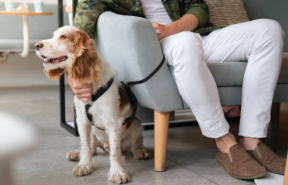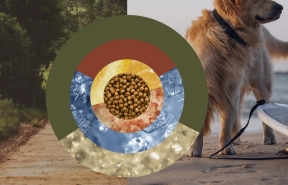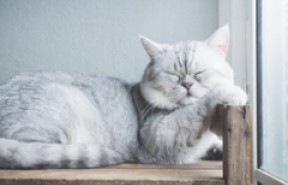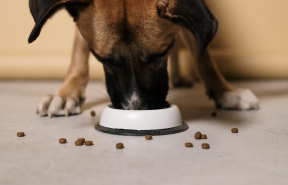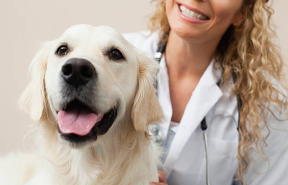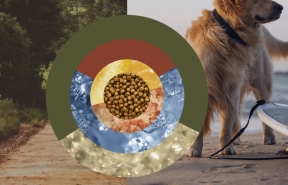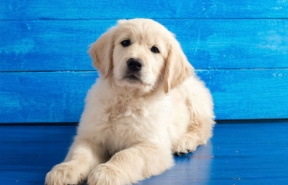With just over half of Australian households having a cat and/or a dog, it’s clear we love our pets! But did you know it’s estimated that 41% of dogs and 32% of cats are considered overweight or obese? We now know that by carrying that extra weight, a pet's lifespan may be reduced.
To help your pet live a longer and healthier life, here are our top 7 tips for helping to avoid pet obesity.
Pet loving nation
With just over half of Australian households having a cat and/or a dog, it’s clear we love our pets! But did you know it’s estimated that 41% of dogs and 32% of cats are considered overweight or obese? We now know that by carrying that extra weight, a pet's lifespan may be reduced.
To help your pet live a longer and healthier life, here are our top 7 tips for helping to avoid pet obesity.
Start with feeding guides
Feeding guides found on pet food packaging are the best place to start when deciding how much to feed your pet. However, these are guides only and the actual amount fed will need to be tailored over time. This is done by monitoring your pet’s body condition and then making any feeding adjustments accordingly.
Measure out portions
When you’re reading the feeding guide, be sure to measure out the amount of food rather than estimating it. It can be surprising what different people guess half a cup of food looks like! Try to measure out portions in a consistent way.
Stick to mealtimes
Some pet parents ‘free feed’ their pet, whereby they keep their pet’s bowl full at all times. This practice can lead to overeating and weight gain, particularly if the pet is bored or not getting much exercise. A much better idea is to feed your pet set portions at designated mealtimes. That way you can better monitor the amount your pet is eating.
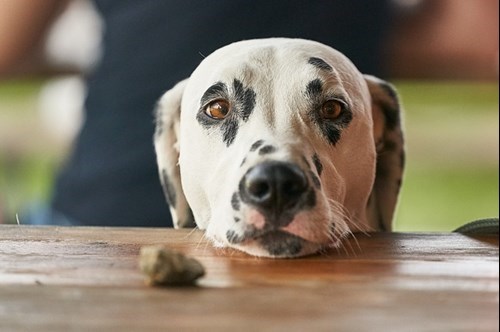
Ignore begging
Did you know that a recent international study showed that over half of cat and dog owners give their pet food if they beg for it? We know how hard it is not to give in when those gorgeous big eyes look at you that way, but it’s a habit that can lead to pet weight gain. It’s best from the start not to encourage begging behaviour and a helpful rule is to have pets out of the room during family mealtimes. This also avoids inadvertently feeding a pet any human foods that may be toxic to them.
Monitor treats
While treats can be especially helpful for training, you should keep a close eye on how many your pet is getting. As a general rule, no more than 10% of the calories in your pet’s diet should come from treats. Remember that food isn’t the only way to reward your pet. Verbal praise, a tickle on the belly and playing with a toy are non-food ways to help train your pet and show them how much you love them!
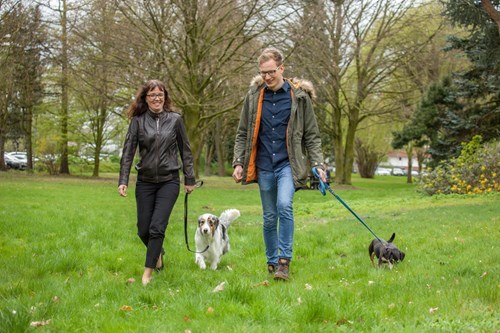
Get active together
Everyone needs activity to help keep them fit, as well as their joints and muscles healthy. Get out on daily walks with your dog and play games together to keep things fun. Cats need places to climb and will enjoy activities that stimulate their hunting instinct. Playing with your pets is also great bonding time, helping to deepen your relationship.
Consider weight control formulas
If your pet has a tendency to gain weight easily, you might like to consider offering them a weight control formula. These type of diets provide less calories per meal but are still nutritionally complete and balanced. The ADVANCE™ pet food range offers tasty weight control diets for dogs and cats in both dry and wet food formats.
Follow these tips to avoid pet obesity and you’ll help your pet live a longer and healthier life. If you have any queries regarding your pet’s weight or general health be sure to chat with your veterinarian.
